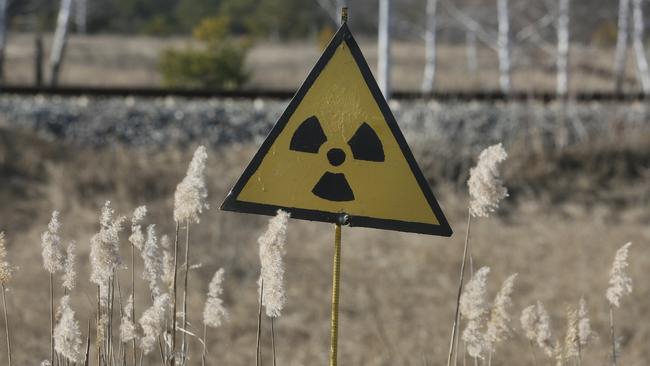Melanin-filled fungus thriving on radiation from Chernobyl meltdown
Most living organisms can’t stand radiation, but an unexpected discovery has found one that can’t get enough of the stuff.
A type of black fungus that eats radiation was discovered inside the Chernobyl nuclear reactor.
In 1991, the strange fungus was found growing up the walls of the reactor. It baffled scientists due to the extreme, radiation-heavy environment.
Researchers eventually realised that not only was the fungi impervious to the deadly radiation, it seemed to be attracted to it.
A decade later, researchers tested some of the fungi and determined that it had a large amount of the pigment melanin – which is also found, among other places, in the skin of humans.

People with darker skin tones tend to have much more melanin, which is known to absorb light and dissipate ultraviolet radiation in skin.
However, in fungi, it reportedly absorbed radiation and converted it into some type of chemical energy for growth.
In a 2008 paper, Ekaterina Dadachova, then of the Albert Einstein College of Medicine in New York, noted that the fungi attracted to radiation were unlikely to be the first examples of their kind.
Public interest in the events of the 1986 Chernobyl nuclear disaster – the worst nuclear disaster in history – soared after the release of the hugely successful HBO show Chernobyl, which is available to stream on Foxtel Now.
The six-part series follows physicist Valery Legasov (Jared Harris) working with (and eventually against) the Soviet Union government that is desperately trying to hide the truth about the incident, which happened during a late-night safety test.

“Large quantities of highly melanised fungal spores have been found in early Cretaceous period deposits when many species of animals and plants died out. This period coincides with Earth’s crossing the ‘magnetic zero’ resulting in the loss of its ‘shield’ against cosmic radiation,” the paper’s introduction states.
The fungi indicate that there could be places in the cosmos – which we are unaware of – where organisms could live in radiation-filled environments.
This article originally appeared on Fox News and was republished with permission
Originally published as Melanin-filled fungus thriving on radiation from Chernobyl meltdown


